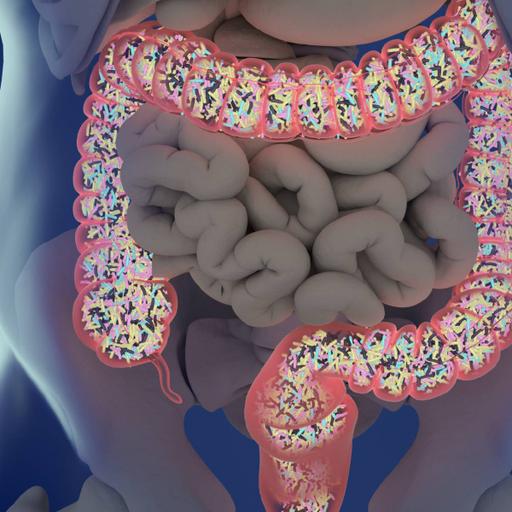Digestion and Absorption
Presentations | English
What is digestion and absorption? Digestion is the chemical breakdown of the ingested food into absorbable molecules. Absorption refers to the movement of nutrients, water and electrolytes from the lumen of the small intestine into the cell, then into the blood. There are four steps in the digestion process: ingestion, the mechanical and chemical breakdown of food, nutrient absorption and elimination of indigestible food. The mechanical breakdown of food occurs via muscular contractions called peristalsis and segmentation. Digestion is important for breaking down food into nutrients, which the body uses for energy, growth, and cell repair. Food and drink must be changed into smaller molecules of nutrients before the blood absorbs them and carries them to cells throughout the body. Once there, the digested food molecules are carried around the body to where they are needed. Digestion begins in the mouth and continues as food travels through the small intestine. Most absorption occurs in the small intestine.

8.50
Lumens
PPTX (34 Slides)
Digestion and Absorption
Presentations | English
